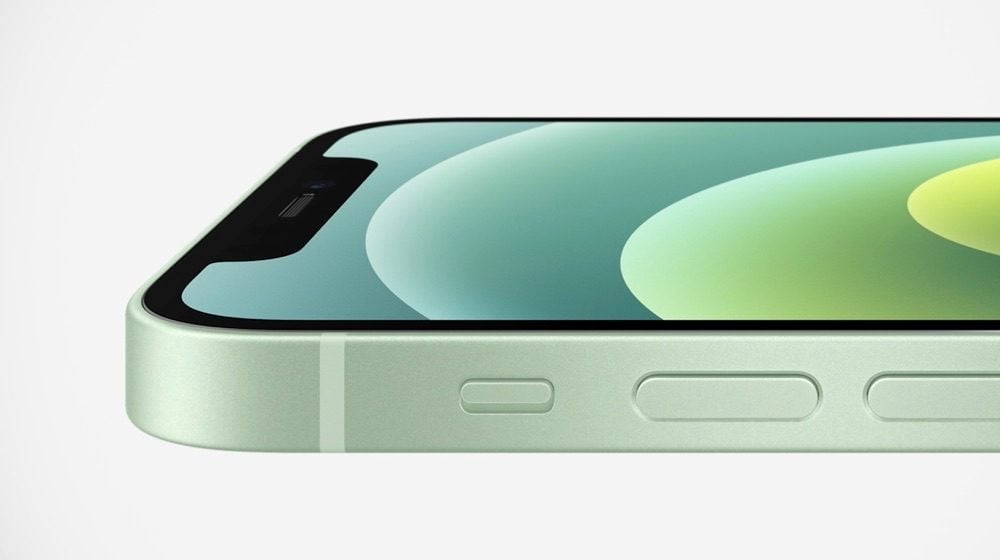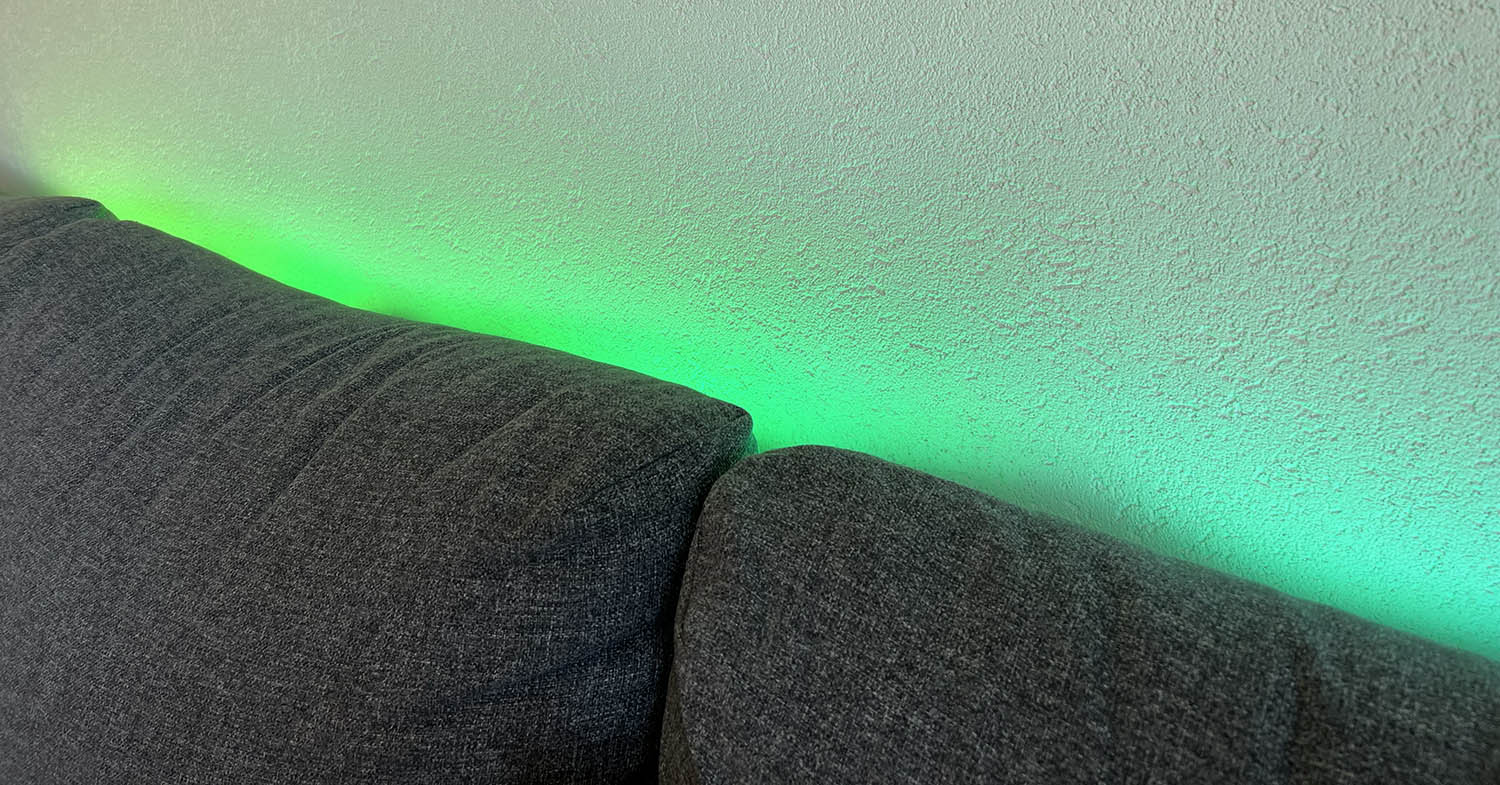Recent iPhones are equipped with Ceramic Shield. It originated from a close collaboration with manufacturer Corning and it ensures that the glass breaks less quickly in the event of a fall. Ceramic Shield is only on the front of the devices, not on the back. Everything you need to know about this reinforced glassy material, you can read here!
- Why Ceramic Shield?
- Drop protection
- Protection against scratches
- Tests from YouTubers
Which appliances have Ceramic Shield?
Apple has applied Ceramic Shield in the following devices:
-
iPhone 13 series
-
iPhone 12 series
Ceramic Shields are not present in the iPhone SE 2022, while according to Apple this device does have “the strongest glass in a smartphone”. This is a matter of marketing talk. Because Ceramic Shield is a completely different type of material, Apple doesn’t think it should be called glass.
This can lead to confusion. What you should know, however, is that Ceramic Shield is the most shatter-resistant and that the glass of the iPhone SE 2022 is also extra reinforced, but does not contain ceramic crystals. This makes it slightly less break-resistant.
Why Ceramic Shield
The screen has been made of glass since the first iPhone in 2007. That is vulnerable if you let it fall out of your hands. Most damage to an iPhone has to do with glass breakage, which is why manufacturers such as Apple are always looking for new ways to strengthen that glass. Ceramic Shield is a specially developed material that should reduce the risk of glass breakage when falling. The material originated from a collaboration with Corning, the maker of Gorilla Glass. This is the type of glass used in many smartphones, smartwatches and the like. But Ceramic Shield is different.

Ceramic Shield is a ceramic-reinforced type of glass. This has better properties than glass and ceramic separately. Ceramic nanocrystals are added to the glass grid during production. They are stronger than most metals. The problem, however, is that ceramic crystals are often not transparent. Due to the right degree of crystallization, Apple and Corning succeeded in finding a unique material. This has the transparency of glass, but the strength of ceramic.
The English Wikipedia page mentions CorningWare and hobs made from glass ceramic since the 1970s. Especially for the iPhone, the engineers have found a special formula for use in smartphones. It had to be light and thin, but also durable.

Ceramic Shield protects against fall damage
Ceramic Shield better protects your iPhone against glass breakage. The chance of damage is four times smaller with a device with Ceramic Shield, Apple claims. But there is another factor, namely the new design. Since the iPhone 12, the screen is completely flat in relation to the housing. This reduces the chance of breakage.
Previously, the screen was curved and protruded a bit more, making it the weakest spot. If the iPhone fell on a corner, it often broke at that very spot.
The idea of reinforcing glass with ceramic is not entirely new: the Samsung Galaxy S10 Plus and the Xiaomi Mi Mix already had it, but only on the back. There was just Gorilla Glass on the front. Apple chooses to reinforce the front of the iPhone with glass ceramic, because a broken screen is more annoying than a broken housing at the back (which you could shield with a cover).
Ceramic Shield and Scratches
So Ceramic Shield can withstand drops, but can it also protect against scratches? According to Apple, the same double ion exchange process has been used that is also applied to the back. This also offers protection against scratches and other minor damage. But as many people will know from experience: scratches can still occur. That is why it is advisable to still provide your device with a screen protector if you want to keep it in tip-top condition.
Tests from YouTubers
Some YouTubers have already been experimenting to break the Ceramic Shield. For example, various drop tests have been carried out. YouTube channel EveryThingApplePro dropped the iPhone 12 from various heights and found that the screens survive a drop of up to three meters with minimal damage. However, the back of the devices is quickly shattered. Ceramic Shield is only applied on the front. The edge of the normal iPhone 12 can also dent slightly in the event of a fall.
The YouTube channel MobileReviewsEh tested the sturdiness of the iPhone 12 by pressing it with considerable force. The screen of the iPhone 12 collapses at a pressure of 443 Newtons, while the iPhone 11 already collapses at a pressure of 352 Newtons. In both cases there is considerable pressure, which you can only achieve by standing on the screen with a pointed object (such as a stiletto heel). If you sit on the screen, the power is more distributed. They also tested the screen for scratches. No difference was found between the iPhone 11 and 12 series.
You can read more about iPhone screen technology in our general round-up.














